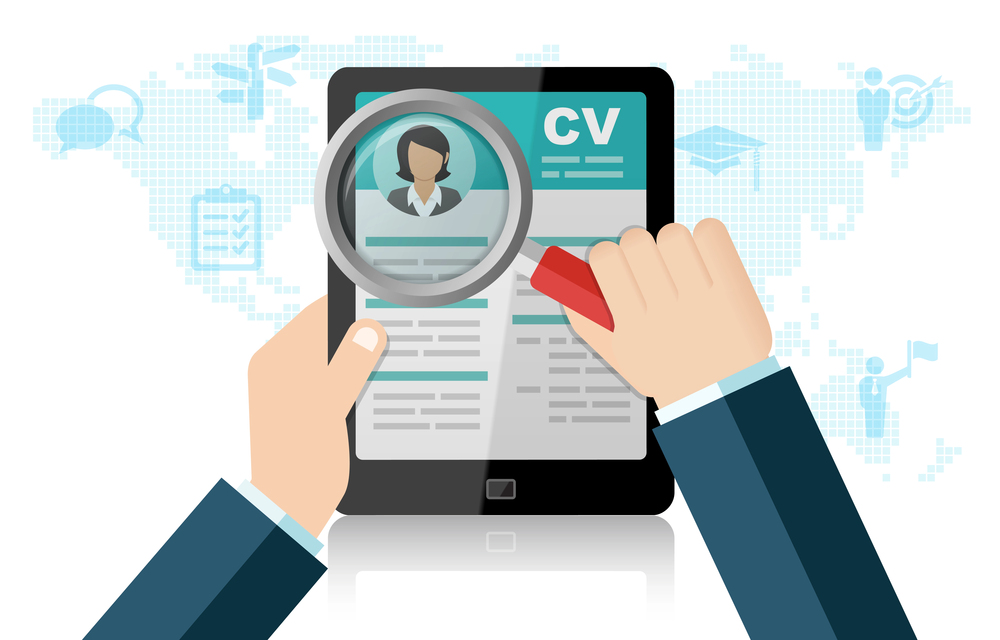One of the more common financial challenges that people face is simply not having enough money. Some people legitimately cannot make ends meet because their wages were cut or because their hours were reduced at work. Others may have a serious debt problem and may be eager to pay the debt off rather than file for bankruptcy. Some people may feel as though they are falling far behind on retirement savings efforts, and they need to find a legitimate way to save more money regularly.
If you can relate to these financial concerns or if you have other pressing needs for extra cash such as for funding your home business, you may have thought about becoming a rideshare driver on the side. Before you sign up for a gig, examine these factors to determine if driving as a side hustle is a good fit for you.
The Issue of Auto Insurance
Auto accidents do happen regularly. Even the safest drivers can be involved in accidents. In fact, even the self-driving Uber cars have been in a couple of notable accidents recently. You need to understand how your auto insurance will pay for accident-related expenses if the accident occurs while you are driving for a ridesharing company. Not all insurance policies cover expenses in this type of situation, and this means that you could be faced with huge expenses. Other auto insurance providers offer coverage for this type of activity if you pay for additional coverage. This coverage is a cost associated with driving.
The Wear and Tear on Your Vehicle
The impact of frequent and heavy driving on your vehicle should not be overlooked. Many components, such as your tires, brakes, oil and more, are worn down with regular use. You may find that you go through a set of tires each year or even less if you drive frequently for a ridesharing platform. In addition, the extra mileage on your vehicle decreases the value rapidly. Some ridesharing drivers who owe money on a car loan find that they are unexpectedly upside down because of this decrease in auto value.
On-the-Road Costs
In addition to these expenses, you also need to think about the on-the-road costs. For example, you may make $100 one night, but you may pay $30 in a tank of gas and another $10 in tolls. Some ridesharing platforms reimburse you for tolls when you have a passenger in your car, but you are responsible for any tolls when a passenger is not in the car. You also may find yourself eating on the road when you otherwise would be able to save money by eating at home. Ridesharing platforms also take money out of your pay to cover their own fees.
The Income Potential
You can see that the expenses associated with driving for a rideshare company can add up quickly. Some of these expenses, such as the decrease in vehicle value or the cost of going through a pair of tires more rapidly, may be difficult to estimate. It is easy for a rideshare driver to brag about making $100 in a few hours, but remember that this is a gross amount rather than a net amount. On the other hand, if you work during a very busy time of day regularly and are able to catch surge or bonus rates frequently, you may turn a huge net profit.
Many people like driving for ridesharing platforms because it lets them control their own schedule. It also gets you out of a stuffy work environment and lets you meet some truly fascinating people on the road. If you decide ridesharing is for you, make sure you determine in advance whether you will set up a sole proprietorship, LLC, or other business structure. Do your research on the benefits of each option and which one would be the best fit for you.
It is also critical that you run the numbers. Pay attention to your net income after each of the expenses from driving has been taken into account. You likely will still turn a profit from rideshare driving, but the profit may not be quite as large as you originally thought.
Find a Home-Based Business to Start-Up >>> Hundreds of Business Listings.

















































